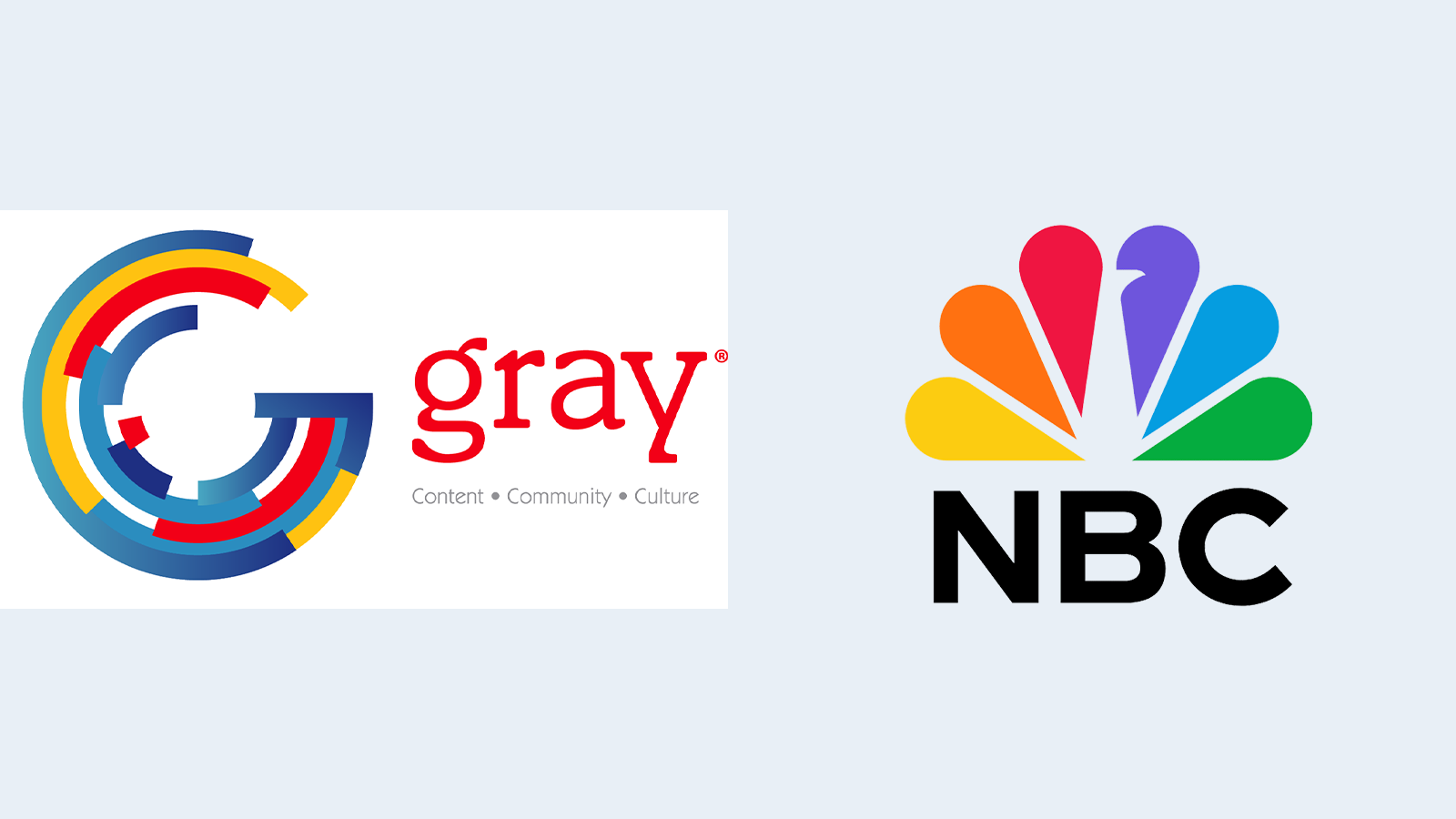Competing mobile television proposals prepare to reveal more specs
With detailed proposals expected into the ATSC for consideration by October 15, manufacturers involved in the process, such as Harris and Rohde & Schwarz, are wrapping up filed tests and making their final tweaks before submission. The ATSC is expected to review the various proposals — there’s a total of 10 being looked at — and make a recommendation by NAB2008.
The ATSC’s Technology and Standards Group (TSG) issued the request for proposal on May 21, encouraging companies to propose specifications to be used for ATSC-M/H. ATSC President Mark Richer said the final choice, to be known as ATSC-M/H, will be backwards compatible, allowing operation of existing ATSC services in the same RF channel without an adverse impact on existing receiving equipment.
ATSC-M/H will support a variety of services including free advertiser-supported television and interactive services delivered in real-time, subscription-based TV, and non-real-time content download for playback at a later time. It may also be used for transmission of new data broadcasting services such as real-time navigation data for in-vehicle use.
Getting consumer electronics manufacturers to make the necessary receiver chips installed inside cell phones and other mobile devices has been critical to the process. Harris is working with LG Electronics and its Zenith Labs on a new protocol called Mobile-Pedestrian-Handheld (MPH), while Rohde & Schwarz is collaborating with Samsung on an new Advanced-VSB (A-VSB) modulation scheme. A-VSB will also help with indoor reception. [Editor’s note: These companies’ relationships were mistakenly switched in last week’s BTH newsletter.] Both systems are designed to enable local broadcasters to use a portion of their allotted 19.39Mb/s/8-VSB to transmit both digital video and HDTV as well as data to portable devices.
In April, several broadcast groups that make up the Open Mobile Video Coalition have urged the industry to adopt a single standard for digital TV signals to be received on cell phones, PDAs and other mobile devices. The move was made to help speed the development and adoption of mobile broadcast television in the United States.
The nine TV groups in the coalition included: Belo, Fox Television Stations, Gannett Broadcasting Gray Television, ION Media Networks, the NBC and Telemundo Television Stations, Sinclair Broadcast Group and Tribune Broadcasting. More broadcast groups have since joined the coalition.
The group contends that the current terrestrial digital TV system (using 8-VSB, as mandated by the ATSC) is incapable of being received in mobile environments — as it was designed to maximize broadcast coverage to fixed locations in homes.
The professional video industry's #1 source for news, trends and product and tech information. Sign up below.
Eddy Vanderkerken, director of sales and marketing for the broadcast division of Rohde & Schwarz, said he hopes the committee can come to some resolution by April, asserting that if local broadcasters don’t develop some type of mobile TV model by mid-2008, in light of the competition, it might be too late.
Transmitter manufacturers like Axcera, Harris, Rohde & Schwarz, Thomson (Thales) need time to develop the exciters necessary to deliver the TV signals to portable devices. Rohde also makes test and measurement equipment, which many will need to ensure signal compliance.
